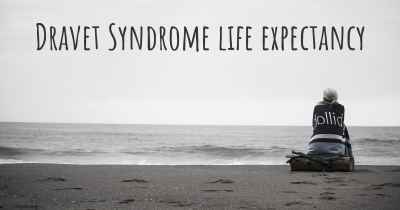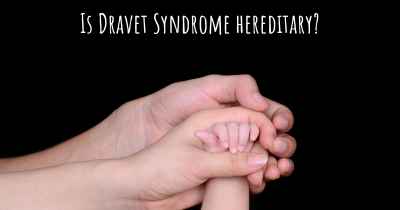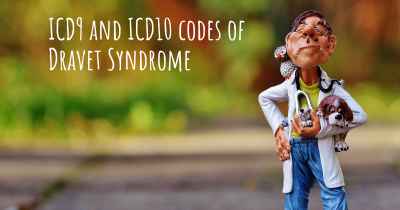What are the best treatments for Dravet Syndrome?
See the best treatments for Dravet Syndrome here

Treatments for Dravet Syndrome
Dravet Syndrome, also known as Severe Myoclonic Epilepsy of Infancy (SMEI), is a rare and severe form of epilepsy that begins in infancy. It is characterized by frequent and prolonged seizures, developmental delays, and cognitive impairments. Managing Dravet Syndrome can be challenging, but there are several treatment options available that can help improve the quality of life for individuals with this condition.
1. Antiepileptic Medications
The primary treatment for Dravet Syndrome involves the use of antiepileptic medications to control seizures. Sodium channel blockers, such as Stiripentol, have shown significant effectiveness in reducing seizure frequency in Dravet Syndrome patients. These medications work by stabilizing the electrical activity in the brain, preventing seizures from occurring or reducing their severity.
2. Ketogenic Diet
The ketogenic diet is a high-fat, low-carbohydrate, and adequate-protein diet that has been found to be beneficial for individuals with Dravet Syndrome. This diet forces the body to burn fats instead of carbohydrates for energy, resulting in the production of ketones. Ketones have anticonvulsant properties and can help reduce seizure activity. The ketogenic diet should be implemented under the supervision of a healthcare professional and requires strict adherence to ensure proper nutrition.
3. Vagus Nerve Stimulation (VNS)
Vagus Nerve Stimulation (VNS) is a surgical treatment option that involves implanting a device under the skin of the chest. This device delivers electrical impulses to the vagus nerve, which then sends signals to the brain to help reduce seizure activity. VNS can be an effective treatment for individuals with Dravet Syndrome who do not respond well to medications alone. It is important to note that VNS does not completely eliminate seizures but can help reduce their frequency and severity.
4. Rescue Medications
During prolonged seizures or clusters of seizures, rescue medications may be necessary to stop the seizure activity. Benzodiazepines, such as diazepam or midazolam, are commonly used as rescue medications. These medications can be administered orally, rectally, or intranasally. It is crucial for caregivers and family members to be trained in the proper administration of rescue medications to ensure prompt intervention during seizure emergencies.
5. Physical and Occupational Therapy
Dravet Syndrome can cause developmental delays and motor impairments. Physical and occupational therapy can help individuals with Dravet Syndrome improve their motor skills, coordination, and overall physical abilities. These therapies focus on exercises, activities, and techniques tailored to the individual's specific needs, promoting independence and enhancing their quality of life.
6. Behavioral and Educational Support
Individuals with Dravet Syndrome often require behavioral and educational support to address cognitive impairments and learning difficulties. Special education programs, individualized learning plans, and behavioral interventions can help optimize the individual's educational experience and promote their social and emotional development.
7. Supportive Care
Supportive care plays a crucial role in managing Dravet Syndrome. Regular visits to healthcare professionals, including neurologists and epileptologists, are essential to monitor the individual's condition, adjust medications, and address any concerns. Additionally, support groups and organizations dedicated to Dravet Syndrome can provide valuable resources, information, and emotional support for individuals with the condition and their families.
It is important to note that the effectiveness of treatments may vary among individuals with Dravet Syndrome. A comprehensive treatment plan should be developed in collaboration with healthcare professionals to address the specific needs and challenges of each individual. Regular monitoring and adjustments to the treatment plan may be necessary to ensure optimal management of Dravet Syndrome.
Posted Feb 18, 2017 by Nicholas 1000
Posted Dec 2, 2017 by Anna 2020
Posted Dec 19, 2017 by Antigoni 2500
Posted Aug 24, 2021 by Lillyonha 1000








